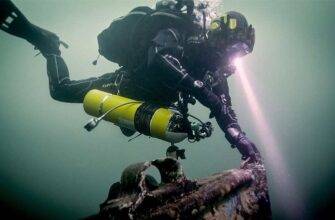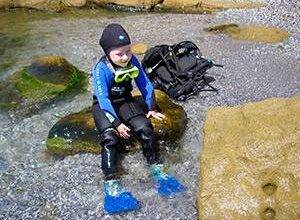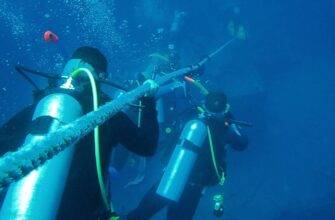Diving to great depths without an underwater flashlight is not possible. After all, you will definitely need light there. And at night diving without a flashlight is nowhere. Usually, divers take 3 flashlights with them: main, reserve, flashing flashlight.
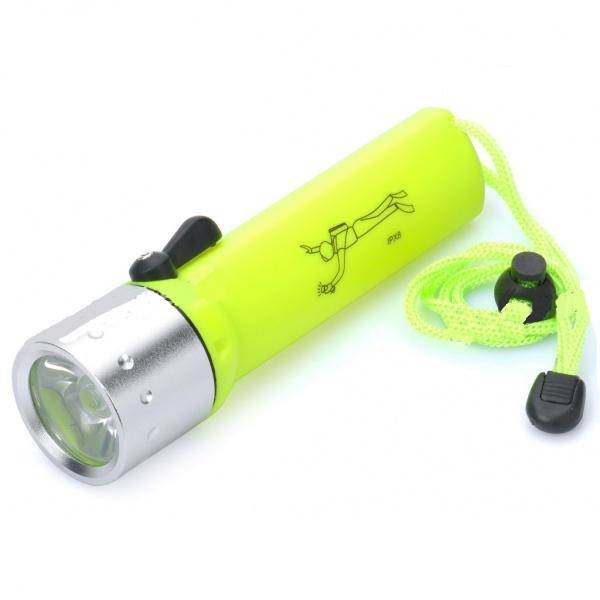 If the device runs on batteries, they use it as a spare. If battery-powered, it is used as the main one.
If the device runs on batteries, they use it as a spare. If battery-powered, it is used as the main one.
When selecting a flashlight pay attention to its size, weight, compactness, sturdiness of its case, functionality (access to fast on and off).
If it is handheld flashlightIf it’s a handheld flashlight, its color should be striking so you won’t lose it. And of course any flashlight should be absolutely waterproof.
The most popular diving flashlights among divers are headlamps (worn on the head or mounted on a special helmet), canister flashlights and LED flashlights.
LED flashlight for diving
Such flashlights are used when it is impossible to change or charge the battery. They work due to the energy-saving mode. They are often used for night or deep (up to 30 meters) diving. The operating time of LEDs is 50 thousand hours. In other words, they can shine for 3 hours a day for 40 years.
Canister Diving Light
This is a powerful underwater light source that can be used for underwater research or for technical diving. Such a flashlight is reliable, efficient, and durable. Usually its beam is narrowly focused, brightness – about 1 thousand lumens for 6 hours, battery power.
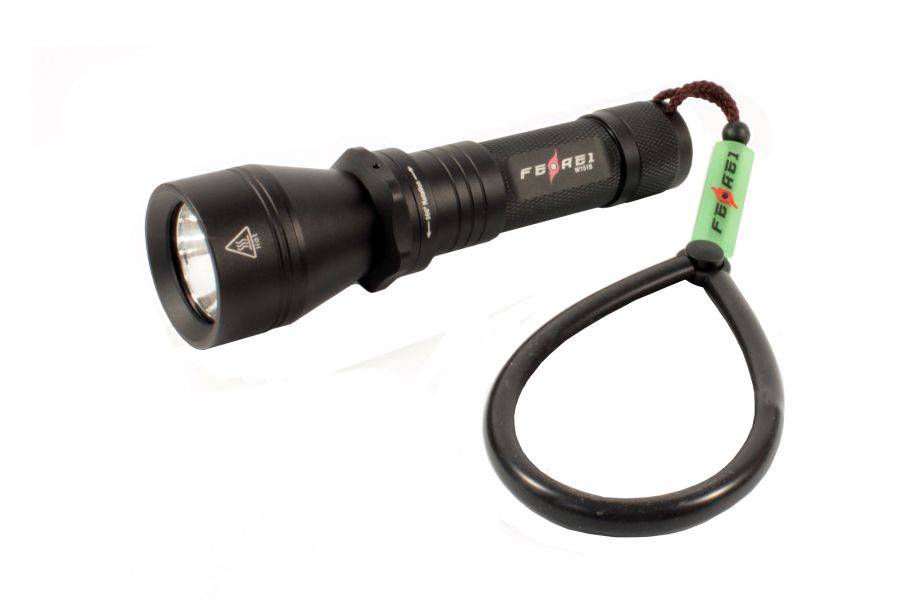 LED technology is used in canister flashlights. When technically diving, professional divers use a canister flashlight as their main flashlight. A headlamp plays the role of an additional flashlight.
LED technology is used in canister flashlights. When technically diving, professional divers use a canister flashlight as their main flashlight. A headlamp plays the role of an additional flashlight.
But no matter what kind of flashlight you have, you have to use it properly:
Before you dive into the water, you need to check the flashlight for proper batteries and for proper operation. But remember, some models can not be switched on the surface. This is indicated in the manual.
Once out of the water, immediately turn off the unit and wash it in fresh water. Wipe the lamp and remove the batteries. This protects the instrument from corrosion.
Store the flashlight and the batteries separately in their respective carrying cases.
Do not touch the lamp so as not to damage it.
Always carry a spare lamp with you.
Follow the rules of operation, and the diving lamp will serve you for many years to come.


